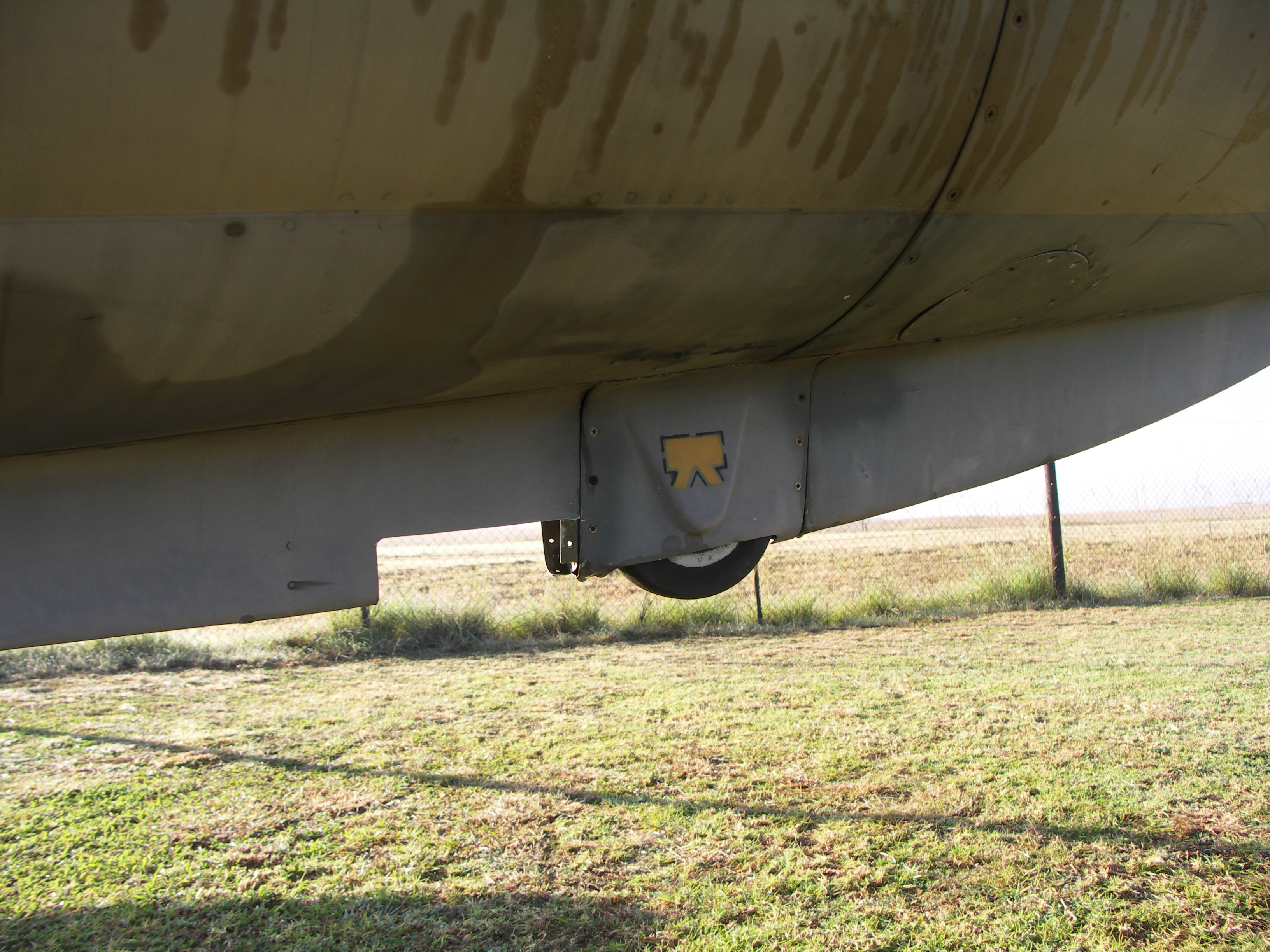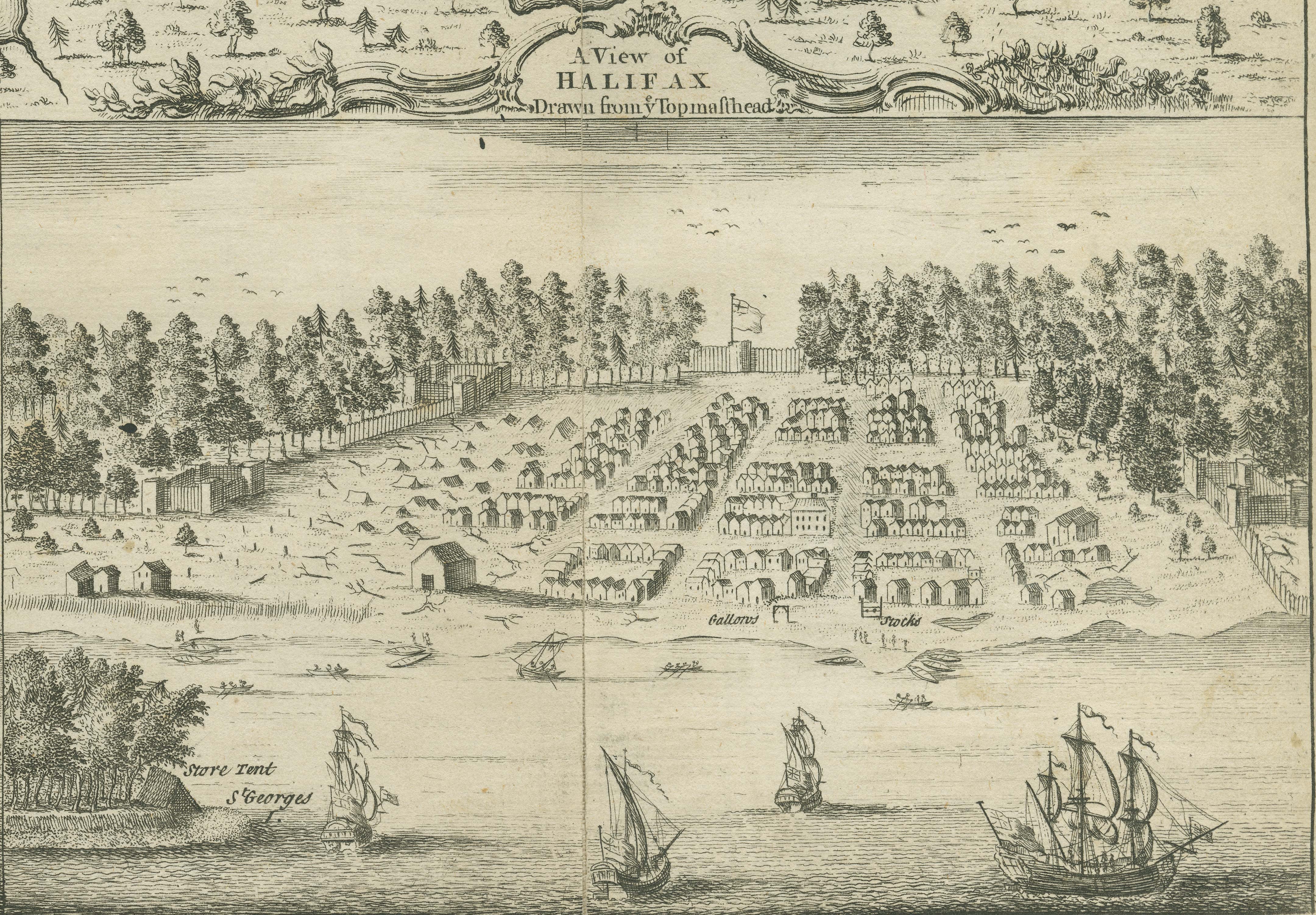|
MK Airlines Flight 1602
MK Airlines Flight 1602 was an MK Airlines Boeing 747-200F cargo flight on a flight from Halifax Stanfield International Airport, Nova Scotia, Canada to Zaragoza Airport, Spain. It crashed on take-off in 2004, killing the crew of 7. It was the fourth accident for MK Airlines, as well as the deadliest. Aircraft and crew The Boeing 747-200 was originally manufactured for South African Airways in 1980 as ZS-SAR, making its first flight on 24 October of the same year, and being delivered on 6 November. At some point during its service with SAA, ZS-SAR was converted to a freighter. On 11 November 1992, ZS-SAR was leased to Garuda Indonesia as 3B-NAS. Sometime before September 1995, the aircraft was returned to SAA, and in March 2000, was sold to MK Airlines as 9G-MKJ. The captain was Michael Thornycroft, who had been with MK Airlines since its establishment in 1990. He had 23,200 flight hours including 4,000 hours on the Boeing 747. Thornycroft also had dual South African and United K ... [...More Info...] [...Related Items...] OR: [Wikipedia] [Google] [Baidu] |
Halifax Stanfield International Airport
Halifax Stanfield International Airport is a Canadian airport in Goffs, Nova Scotia, a rural community of the Halifax Regional Municipality. It serves the Halifax region, mainland Nova Scotia, and adjacent areas in the neighbouring Maritime provinces. The airport is named in honour of Robert Stanfield, the 17th Premier of Nova Scotia and leader of the federal Progressive Conservative Party of Canada. The airport, owned by Transport Canada since it opened in 1960, has been operated since 2000 by the Halifax International Airport Authority (HIAA). It forms part of the National Airports System. Designated as an international airport by Transport Canada, Halifax Stanfield is the 8th busiest airport in Canada by passenger traffic. It handled a total of 4,316,079 passengers in 2018 and 84,045 aircraft movements in 2017. It is a hub for Air Canada Express, Cougar Helicopters, Maritime Air Charter, PAL Airlines. History Background An airfield in the West End, known as Chebuc ... [...More Info...] [...Related Items...] OR: [Wikipedia] [Google] [Baidu] |
Tailstrike
In aviation, a tailstrike or tail strike occurs when the tail or empennage of an aircraft strikes the ground or other stationary object. This can happen with a fixed-wing aircraft with tricycle undercarriage, in both takeoff where the pilot rotates the nose up too rapidly, or in landing where the pilot raises the nose too sharply during final approach, often in attempting to land too near the runway threshold. It can also happen during helicopter operations close to the ground, when the tail inadvertently strikes an obstacle. A minor tailstrike incident may not be dangerous in itself, but the aircraft may still be weakened and must be thoroughly inspected and repaired if a more disastrous accident is to be avoided later in its operating life. Protection measures Fixed-wing aircraft with a conventional tail and tricycle undercarriage are vulnerable to tailstrike. Those which require a high angle of attack on takeoff or landing are especially so. They may be fitted with a protect ... [...More Info...] [...Related Items...] OR: [Wikipedia] [Google] [Baidu] |
History Of Halifax, Nova Scotia
The community of Halifax, Nova Scotia was created on 1 April 1996, when the City of Dartmouth, the City of Halifax, the Town of Bedford, and the County of Halifax amalgamated and formed the ''Halifax Regional Municipality''. The former ''City of Halifax'' was dissolved, and transformed into the ''Community of Halifax'' within the municipality. As of 2021, the community has 156,141 inhabitants within an area of . History 18th century The Halifax area has been territory of the Miꞌkmaq since time immemorial. Before contact they called the area around the Halifax Harbour ''Jipugtug'' (anglicised as "Chebucto"), meaning Great Harbour. Prior to the establishment of Halifax, the most remarkable event in the region was the fate of the Duc d'Anville Expedition, which led to significant disease and death among the local Miꞌkmaq people. There is evidence that bands would spend the summer on the shores of the Bedford Basin, moving to points inland before the harsh Atlantic win ... [...More Info...] [...Related Items...] OR: [Wikipedia] [Google] [Baidu] |
Disasters In Nova Scotia
A disaster is a serious problem occurring over a short or long period of time that causes widespread human, material, economic or environmental loss which exceeds the ability of the affected community or society to cope using its own resources. Disasters are routinely divided into either "natural disasters" caused by natural hazards or "human-instigated disasters" caused from anthropogenic hazards. However, in modern times, the divide between natural, human-made and human-accelerated disasters is difficult to draw. Examples of natural hazards include avalanches, flooding, cold waves and heat waves, droughts, earthquakes, cyclones, landslides, lightning, tsunamis, volcanic activity, wildfires, and winter precipitation. Examples of anthropogenic hazards include criminality, civil disorder, terrorism, war, industrial hazards, engineering hazards, power outages, fire, hazards caused by transportation, and environmental hazards. Developing countries suffer the greatest costs whe ... [...More Info...] [...Related Items...] OR: [Wikipedia] [Google] [Baidu] |
Accidents And Incidents Involving The Boeing 747
An accident is an unintended, normally unwanted event that was not directly caused by humans. The term ''accident'' implies that nobody should be blamed, but the event may have been caused by unrecognized or unaddressed risks. Most researchers who study unintentional injury avoid using the term ''accident'' and focus on factors that increase risk of severe injury and that reduce injury incidence and severity. For example, when a tree falls down during a wind storm, its fall may not have been caused by humans, but the tree's type, size, health, location, or improper maintenance may have contributed to the result. Most car wrecks are not true accidents; however English speakers started using that word in the mid-20th century as a result of media manipulation by the US automobile industry. Types Physical and non-physical Physical examples of accidents include unintended motor vehicle collisions, falls, being injured by touching something sharp or hot, or bumping into someth ... [...More Info...] [...Related Items...] OR: [Wikipedia] [Google] [Baidu] |
Aviation Accidents And Incidents In 2004
Aviation includes the activities surrounding mechanical flight and the aircraft industry. ''Aircraft'' includes fixed-wing and rotary-wing types, morphable wings, wing-less lifting bodies, as well as lighter-than-air craft such as hot air balloons and airships. Aviation began in the 18th century with the development of the hot air balloon, an apparatus capable of atmospheric displacement through buoyancy. Some of the most significant advancements in aviation technology came with the controlled gliding flying of Otto Lilienthal in 1896; then a large step in significance came with the construction of the first powered airplane by the Wright brothers in the early 1900s. Since that time, aviation has been technologically revolutionized by the introduction of the jet which permitted a major form of transport throughout the world. Etymology The word ''aviation'' was coined by the French writer and former naval officer Gabriel La Landelle in 1863. He derived the term from th ... [...More Info...] [...Related Items...] OR: [Wikipedia] [Google] [Baidu] |





